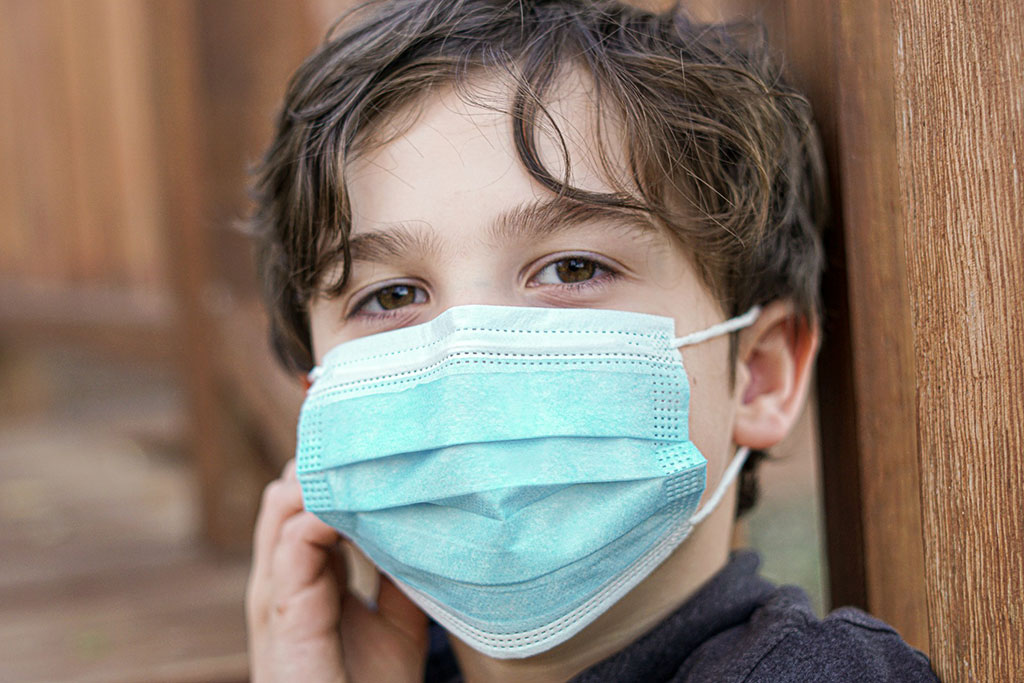A first-of-its-kind immunoepidemiologic surveillance study, published in The Lancet Infectious Diseases, has revealed how pandemic-era public health measures reshaped children’s immunity to common respiratory pathogens — and how those effects fueled an unprecedented resurgence of diseases like RSV, influenza, and enterovirus D68 (EV-D68) once restrictions were lifted.
The research, part of the National Institutes of Health’s PREMISE (Pandemic Response Repository through Microbial and Immune Surveillance and Epidemiology) program, was led by Children’s Hospital Colorado in collaboration with multiple U.S. academic centers. The study’s longitudinal design allowed scientists to track immunity in children under 10 years old before and after the widespread easing of COVID-19 non-pharmaceutical interventions (NPIs) such as masking and social distancing.
Key Findings: A “Naïve” Generation Meets a Rebounding Viral Landscape
Immunity Gaps in Young Children
The study found that many children—particularly those under the age of four—entered the post-pandemic period with little to no prior exposure to common respiratory viruses. This gap in immunity was a direct consequence of the reduced circulation of these pathogens during COVID-19 restrictions. Measures such as masking, social distancing, and school closures not only curbed SARS-CoV-2 transmission but also sharply limited opportunities for other viruses to spread. As a result, a cohort of children grew up without the typical sequence of early-life exposures that help build broad immune defenses.
A Rapid Post-Pandemic Surge
Once public health measures were lifted, this immunity gap closed quickly and dramatically. Between 2022 and 2023, antibody levels rose for all 16 respiratory viruses tested in the study. The largest jumps were observed for SARS-CoV-2, where 59% of children showed new infection or immune boosting, followed by EV-D68 and RSV (41% each) and influenza (40%). These increases reflected a rapid rebound in viral circulation, with widespread and often simultaneous reintroductions of multiple pathogens into a largely susceptible pediatric population.
Documented Infections and Viral Typing
Respiratory swabs taken from children who became ill during the study period provided direct confirmation of infections. EV-D68, along with rhinovirus A and rhinovirus C, were the most frequently detected pathogens. The EV-D68 cases were concentrated in late summer and early fall of 2022, consistent with historical seasonal patterns, and all sequenced samples belonged to the B3 clade — a lineage known to be associated with significant outbreaks in recent years. This molecular characterization is key for tracking viral evolution and potential shifts in virulence or transmissibility.
Sharper Predictive Models
Perhaps most importantly for future outbreak response, integrating the serological data into epidemiological models dramatically improved forecasting accuracy for EV-D68 transmission. Compared with models based solely on case surveillance, the addition of immune status data reduced prediction error by 82% and median error by 33%. This enhanced model not only reconstructed past outbreak patterns more precisely but also accurately predicted the timing and scale of the virus’s 2024 wave. Such improvements demonstrate the potential of immune surveillance to transform real-time epidemic intelligence.
Why This Matters for Public Health
The study demonstrates that immune surveillance data can fundamentally improve outbreak forecasting, allowing for earlier and more precise intervention. In the context of national health security, such capability is not only about preventing seasonal surges—it’s about protecting critical healthcare infrastructure, guiding vaccine policy, and informing decisions during emergent pathogen threats. Understanding the “immunological landscape” in real time can help health systems anticipate hospital demand, manage supply chains, and shape non-pharmaceutical interventions in ways that minimize both disease burden and societal disruption.
Beyond One Virus: Building “On-the-Shelf” Defenses
While EV-D68 was the prototype pathogen for this research, PREMISE took a pathogen-agnostic approach. Samples are being used to identify viral components most recognized by the immune system, accelerating the design of targeted vaccines and monoclonal antibody therapies. Such resources could transform emergency responses — replacing “start from scratch” approaches with pre-positioned, rapidly deployable countermeasures.
From Pilot to Global Observatory
The PREMISE program is now expanding internationally to build a global immunological observatory, enabling continuous tracking of immunity patterns across diverse geographies. According to lead investigator Dr. Kevin Messacar, this approach “provides concrete deliverables such as vaccine candidates and monoclonal antibodies that can directly impact public health” — and may one day allow public health authorities to “map” susceptibility worldwide.
Implications for Policy and Preparedness
The authors emphasize that the benefits of combining immunologic and pathogen surveillance reach far beyond research alone. This dual data stream can:
- Inform optimal vaccination schedules and booster timing for different age groups.
- Predict and mitigate pediatric hospital surges during viral rebounds.
- Guide targeted NPIs for maximal benefit with minimal disruption.
- Support rapid decision-making during both seasonal and emerging outbreaks.
Sources and Further Reading
The Lancet Infectious Diseases: Dynamics of endemic virus re-emergence in children in the USA following the COVID-19 pandemic (2022–23): a prospective, multicentre, longitudinal, immunoepidemiological surveillance study.
CIDRAP: Immunologic study shows rebound of other viruses after COVID measures lifted


